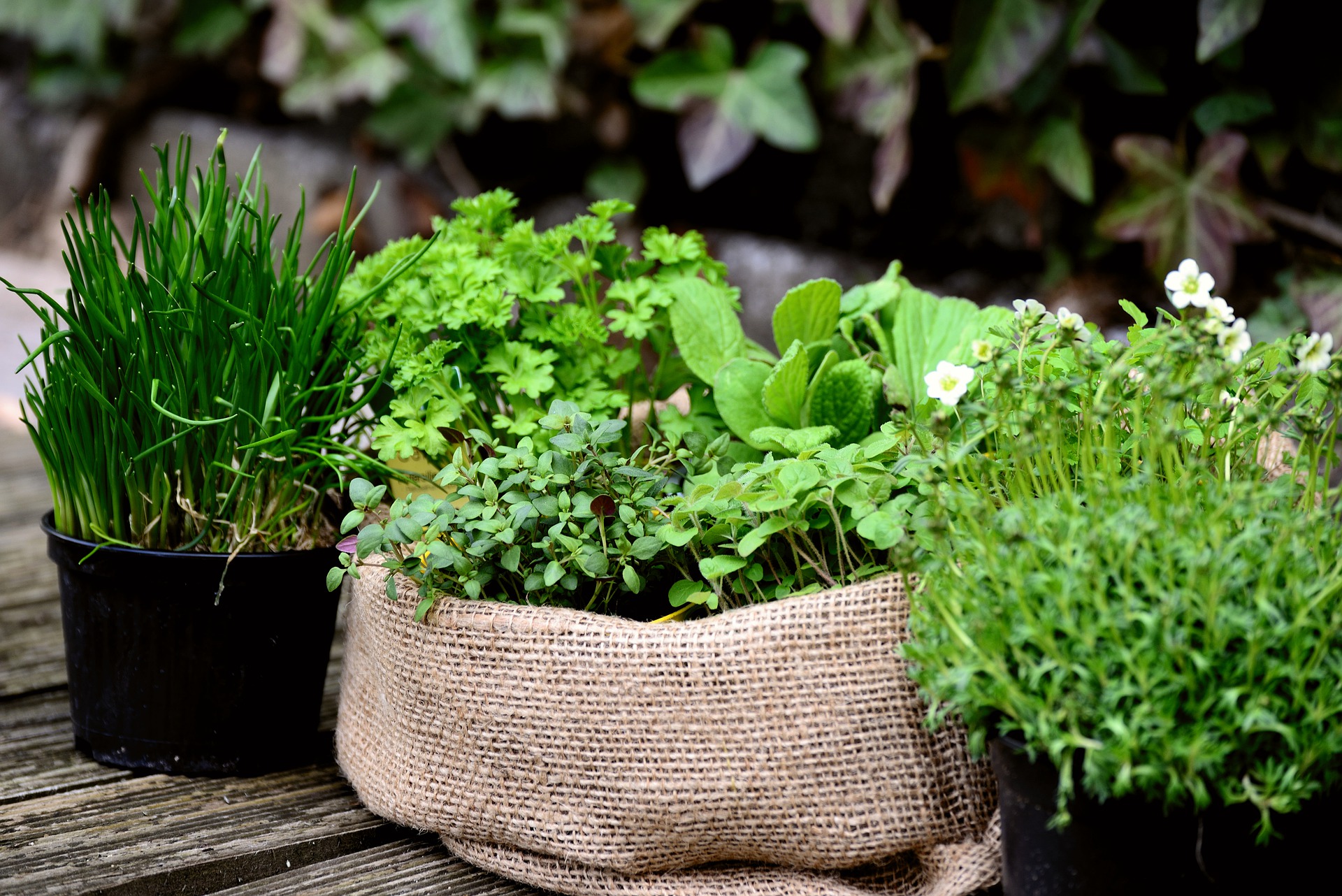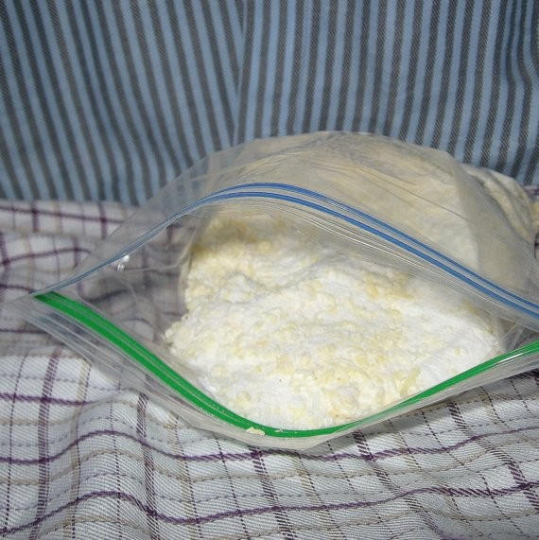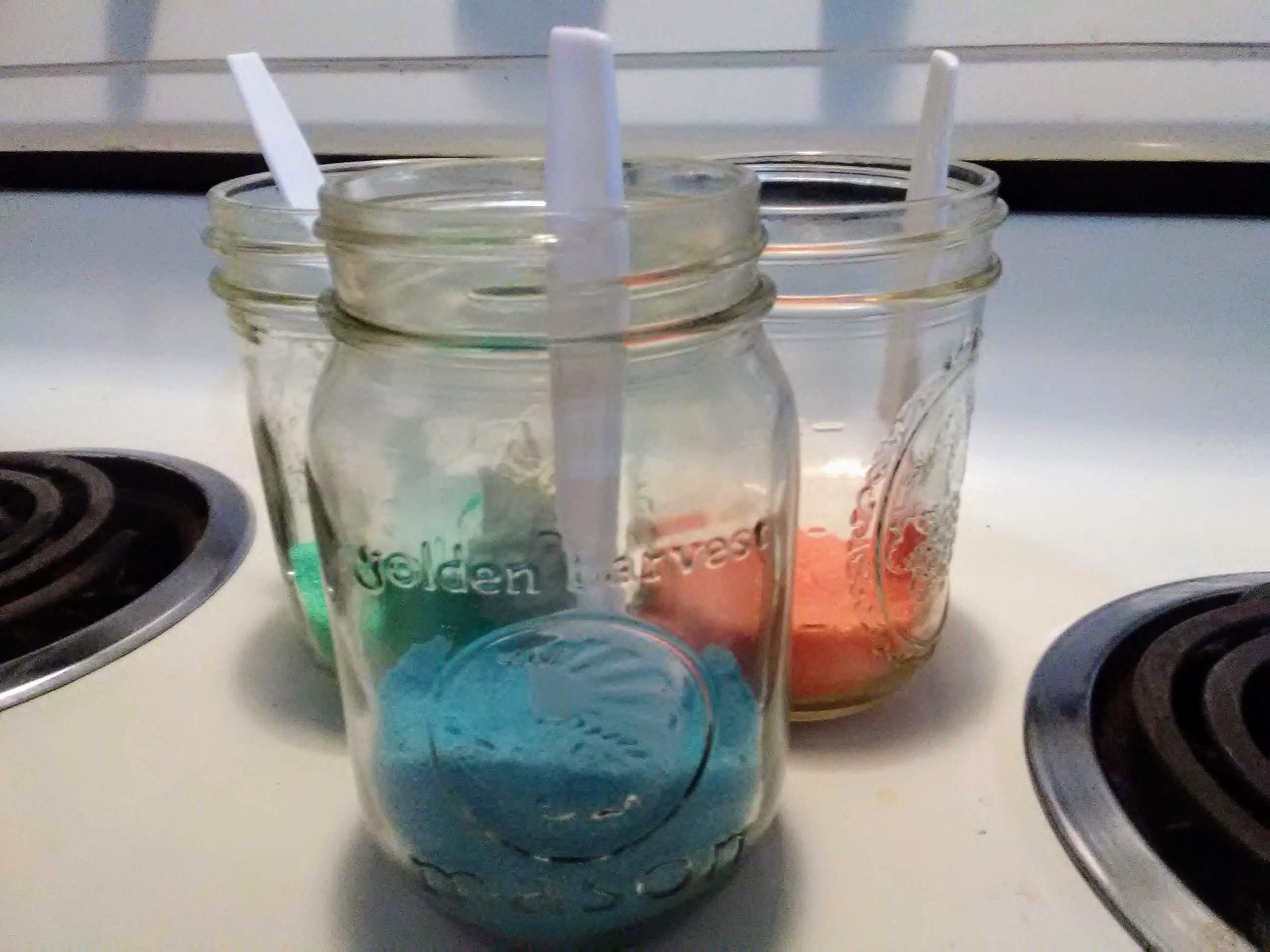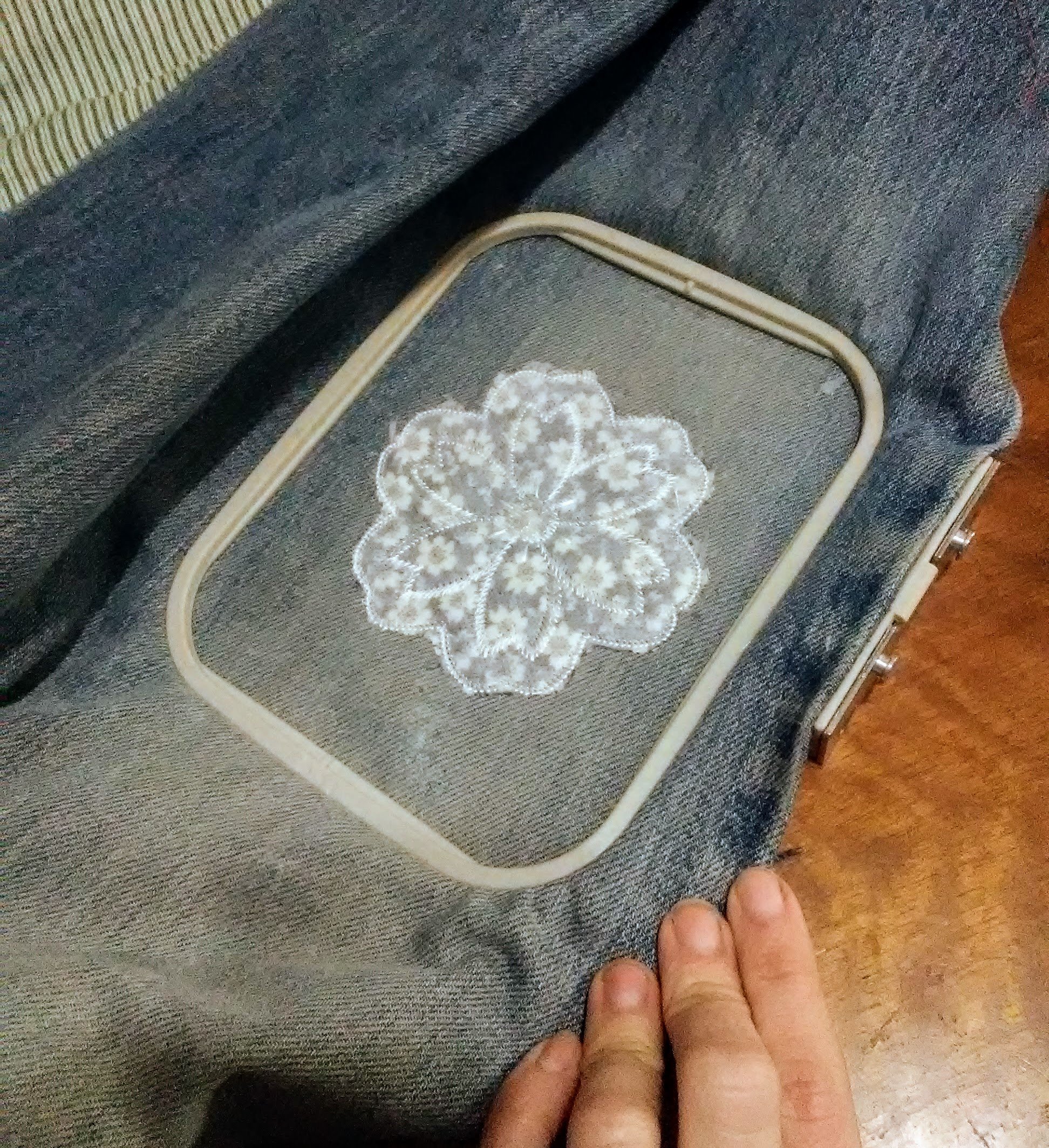
With the cost of everything going up, many people are turning to gardening as a way to save money on food. Depending on your location or gardening experience or abilities, a fruit or vegetable garden may seem daunting or just not possible. One way to get started that doesn’t require a huge amount of space is planting an herb garden. Dried herbs from the store are pricey, so growing your own still can help your budget while giving your food loads of fresh flavor.
Starting Your Herb Garden
Choosing Your Herbs
First you’ll want to choose the herbs that you’ll plant. You might have a hard time doing this because of the huge scope of herbs available. The most practical way to choose is to do what I did; look at what you have in your kitchen. By planting your own collection of the herbs you already use, you know you’ll get the most use from your garden. Some of the herbs you might start with include rosemary, sage, basil, dill, mint, chives, and parsley.
Don’t feel that you have to only start with these, though. If there’s an herb you’re curious about, give it a try. If plant medicine is something that interests you, research and plant a few basics like lavender, catnip or lemon balm.
Location
When choosing an area to put your herb garden, you should remember that the soil should have extremely good drainage. If the dirt gets watered and stays completely saturated, you have no chance of ever growing a healthy plant.
One way to fix the drainage problem is to dig a foot deep in the soil, and put a layer of crushed rocks down before replacing all the soil. This will allow all that water to escape, thus saving your plants.

Another way is to build a raised bed. This allows you to fill the bed with a suitable soil mix without having to dig down deep into your existing soil. Raised beds can be made from timbers, bricks or any suitable material you have available.
If you are incredibly limited on space or don’t have a yard at all, herbs are perfect for container gardens.
Getting your plants
When you are ready to begin planting herbs, you might be tempted to buy the more expensive plants from the store. However, with herbs it is much easier to grow them from seed than it is with other plants. Therefore you can save a bundle of money by sticking with seed packets. If you’re a little impatient (like me), a selectively chosen plant or two is nice for some greenery to tend while you wait for the seeds to sprout.
I personally haven’t had much luck with starting lavender or rosemary from seed, so I would choose those to get as a small plant. Plants in the mint family and basils do really well from seed, so save your money on those.
Once mints start growing, they can get out of control. The best way to prevent this problem is to plant the more aggressive plants in pots (with holes in the bottom to allow drainage, of course).
Harvesting from Your Herb Garden
When it comes time to harvest the herbs you have labored so hard over, it can be fatal to your plant to take off too much. If your plant isn’t well established, it isn’t healthy to take any leaves at all, even if it looks like it isn’t using them. You should wait until your plant has been well established for at least a few months before taking off any leaves. This wait will definitely be worth it, because by growing unabated your plant will produce healthily for years to come.
It’s a good idea to harvest from the ends of the plants as needed throughout the growing season to keep the shape and encourage new growth. The end of the season is when you’ll want to harvest and dry more of the plant for storage. Do check recommendations for the specific herbs in your garden as not all are the same.
Storing Your Herbs
Once you’ve harvested your delicious home grown herbs, you’ll want to use them year round. The easiest way to store them is drying. If you have a safe place to hang them to air dry that isn’t overly humid, that is the simplest. I also think this way preserves the most color and flavor.
You could also use a food dehydrator on the recommended settings. If not, don’t worry. You can dry them in the oven. This is easily achieved by placing them on a cookie sheet and baking them on the lowest setting, usually around 150 degrees Fahrenheit for 2 to 4 hours. After they’re sufficiently dried, store them in an airtight container such as a Ziploc bag or glass jar. I think they look beautiful in glass jars, so save any you get to upcycle as herb storage.

During the first few days of storage, you should regularly check the container and see if any moisture has accumulated. If it has, you must remove all the herbs and re-dry them. If moisture is left from the first drying process, it will encourage mildew.
Herbs are a fun, easy and useful way to get into gardening no matter what your space. I encourage you to give it a try.
Like this post? To make sure you don’t miss out on future posts, sign up for my newsletter.





































